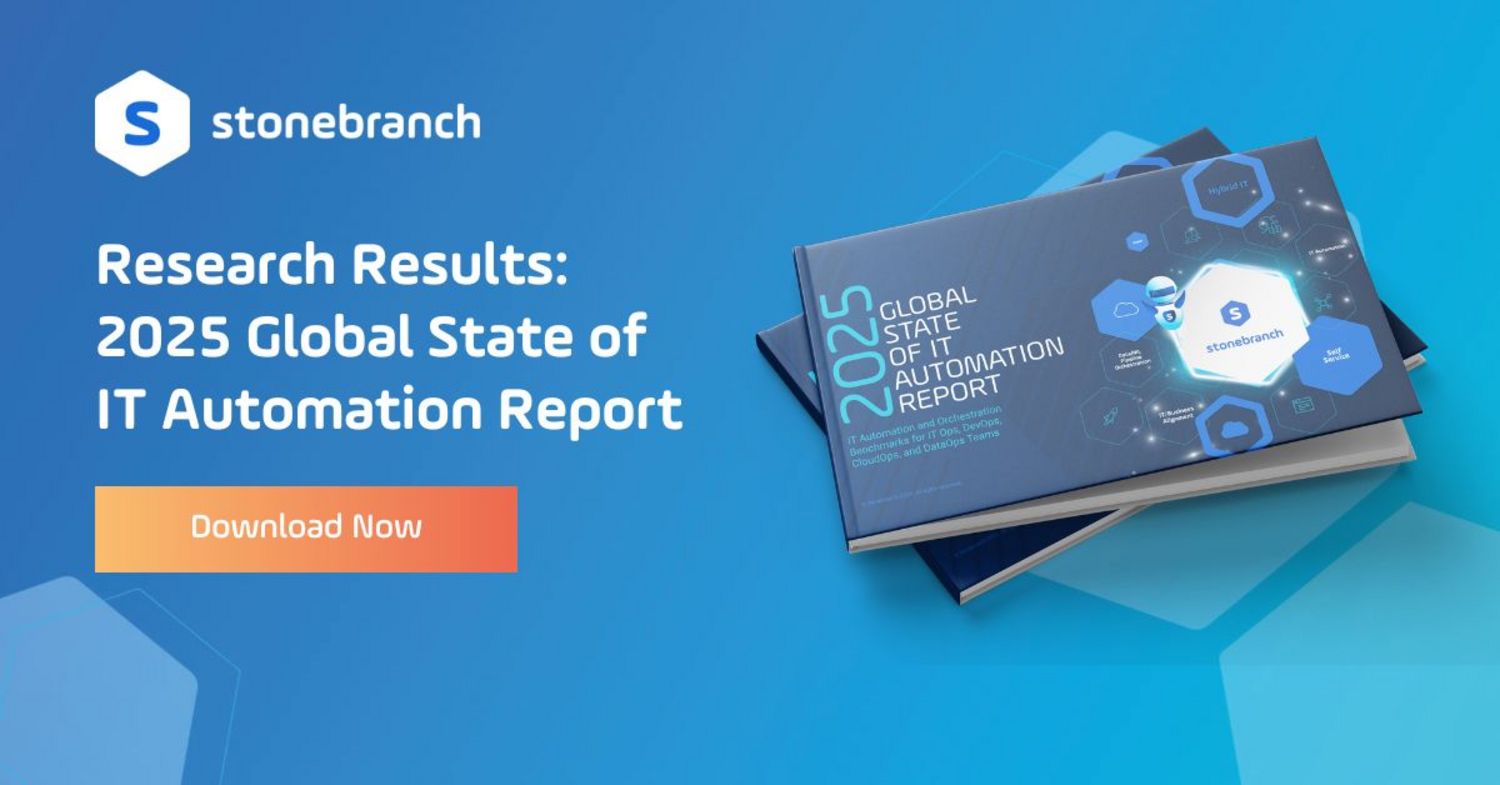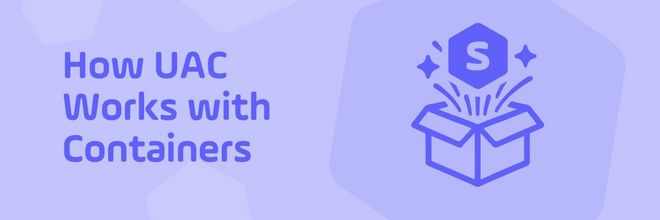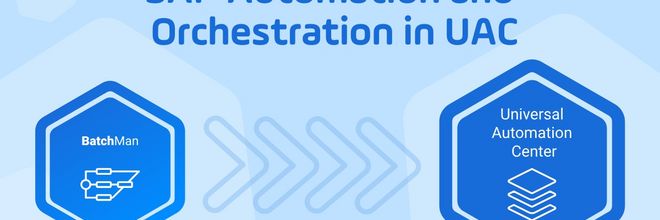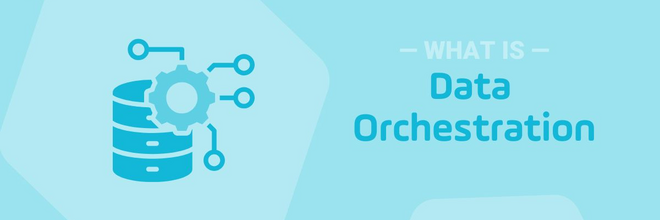On Premises Automation vs SaaS: Which One is Right for You?
Weighing the benefits of on premises automation vs a cloud approach? Discover the pros and cons of each — and make your decision future-proof.
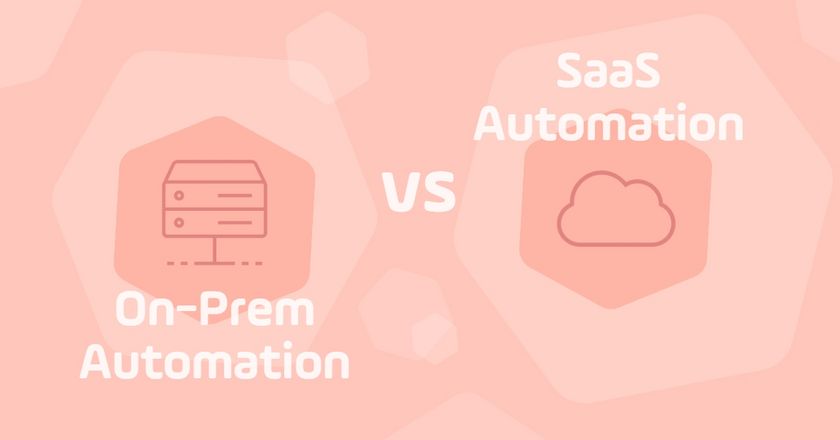
Choosing between cloud and on premises automation solutions can often feel like a life-or-death decision. Follow one path and your company will thrive on a rock-solid foundation of security, compliance, performance, and scalability. Follow the other and you're relegated to a world of increasing complexity and rising costs.
But there might be a way to make your decision feel less final and more future-proof. Let's look at the advantages and disadvantages of each, and figure out how they apply to your specific needs. You might even be able to save your decision-making energy for comparatively easy choices — like making dinner plans and choosing what show to binge next.
What is On-Premise Automation?
On-premises automation refers to installing and hosting automation software on your servers in an owned data center. This approach puts you in control. You manage your security, protect your data, and maintain your infrastructure on-premise.
On-premises software implementations can be costly and complicated. Setting up and maintaining them can also be time-consuming. After all, you have to purchase the physical assets and hire the team required to keep your automation software running at peak performance.
On-premises is a lot like owning a house: if anything goes wrong it's up to you to make it right.
What is Cloud-Based Automation?
Cloud-based automation tools, typically offered via software-as-a-service (SaaS), are hosted in the cloud and accessed over the Internet. They are easy and quick to set up — you simply purchase a license to start using the software. Your provider is responsible for investing in the necessary resources to ensure security, performance, and availability. You don't have to invest in infrastructure, so this approach is often affordable and easy to scale.
Think of the cloud like renting an apartment: you don't have to worry about ongoing maintenance, but you don't own it either.
Hybrid IT Environments
Automation solutions deployed in a data center cannot always automate cloud-based tools. The same is true for cloud automation deployements and on-premises applications. Be on the lookout for hybrid IT-capable platforms. This kind of solution automates infrastructure and applications on-premises and in the cloud.
Making the Right Choice
Ultimately, the best choice for your business will depend on your specific needs and requirements. If you are looking for a cost-effective and easy-to-use solution, SaaS may be a good option. An on-premises solution may be a better choice if you need more control over your software and data. Additionally, if you need to make customizations to meet specific requirements or regulations, this is the best option.
When is Cloud the Right Choice?
If your organization generally prioritizes scalability, flexibility, and ease of use over control, then a cloud-based solution might be best. SaaS automation solutions eliminate the need to manage infrastructure, updates, upgrades, and backups. The vendor takes care of all of these tasks.
When is On-Prem the Right Choice?
Enterprises operating in highly regulated industries such as banking, healthcare, or government must adhere to strict data privacy and security regulations. In this case, a self-hosted solution may be the best option.
Maintaining your automation platform in-house gives you full control over your data and infrastructure. This reduces the risk of data breaches and cyber-attacks. It also shows compliance with auditors and regulatory bodies.
When is On-Prem the Best "Right Now" Choice?
If your company has a culture of tightly controlling IT operations, they may not be ready to adopt cloud-based solutions. An on-premises system may be the best choice for now.
However, it's worth noting that comfort levels and compliance requirements are always evolving. The culture of your company (or the industry as a whole) may be closer to accepting the cloud than you think.
Future-Proof Your Decision
What happens if you need to be on-premise right now, but want to easily switch to SaaS later? Choose a solution that's the same in either environment, like Stonebranch Universal Automation Center (UAC).
UAC is a modern IT automation platform that works the same whether it's deployed on-prem or in the cloud. That means you can go from one to the other — and back again if you want to — without ever undergoing any conversion or disruption. And no matter how it's deployed, UAC easily integrates with any system in your hybrid IT environment using the same user-friendly, web-based interface. Request a demo if you'd like to take a closer look.
Start Your Automation Initiative Now
Schedule a Live Demo with a Stonebranch Solution Expert

